Purina cat food for indoor cats is specially designed to address the unique needs of our feline friends who live primarily indoors. Unlike their outdoor counterparts, indoor cats tend to have lower activity levels, which means they require a carefully balanced diet to maintain a healthy weight and overall well-being.
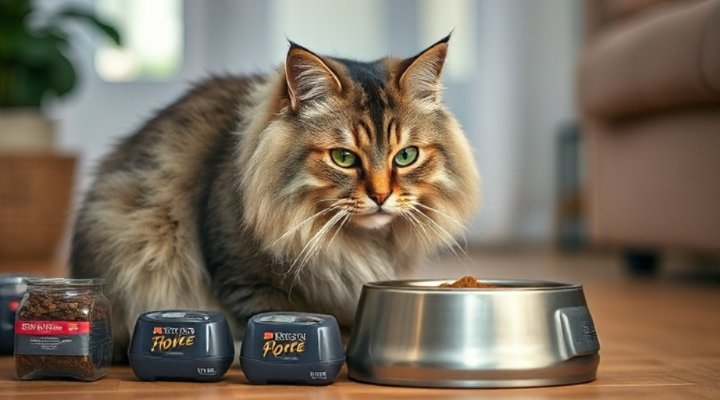
When I first adopted my indoor cat, Whiskers, I was overwhelmed by the sheer variety of cat food options available. That’s when I discovered Purina’s specialized formulas for indoor cats. These products are formulated with the perfect balance of proteins, fibers, and essential nutrients to support indoor cats’ specific requirements.
Understanding Indoor Cats’ Nutritional Needs
Indoor cats face different challenges than outdoor cats. They typically exercise less, which can lead to weight gain if their diet isn’t properly managed. Moreover, they tend to groom more frequently, increasing hairball risks. Purina cat food for indoor cats addresses these issues through specialized formulations.
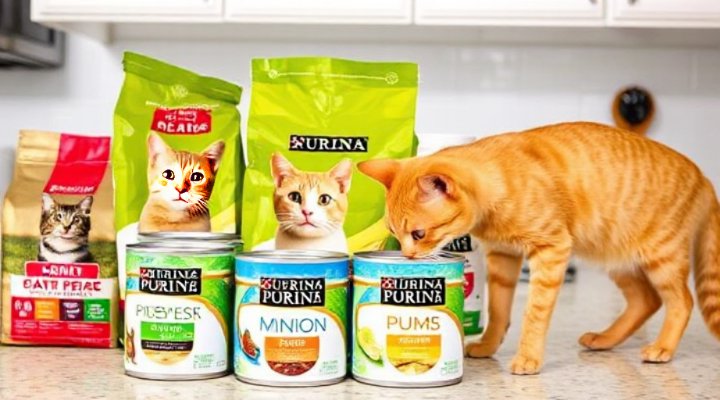
For example, many Purina indoor formulas include:
- Controlled calorie content to prevent obesity
- Increased fiber to help with hairball control
- Optimal protein levels to maintain lean muscle
- Essential vitamins and minerals for overall health
Choosing the Right Purina Formula
Purina offers several excellent options for indoor cats, including Pro Plan Focus Indoor Care and ONE Indoor Advantage. Each formula has unique benefits, so it’s important to consider your cat’s specific needs. For more information on cat nutrition, check out our guide on best cat food.
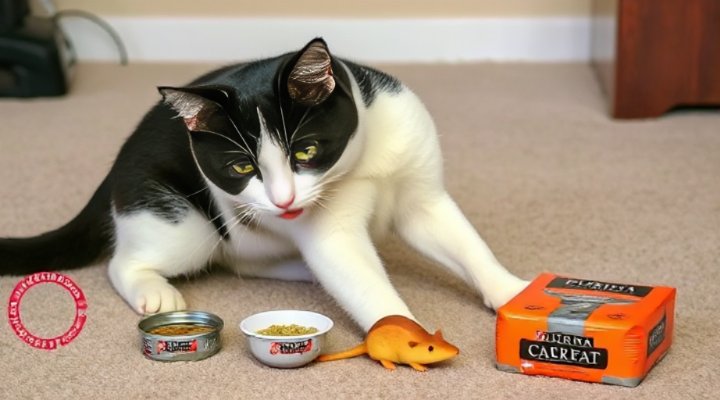
When selecting a formula, consider your cat’s age, activity level, and any special health concerns. For senior indoor cats, Purina offers specialized senior formulas that support joint health and digestion. The American Veterinary Medical Association recommends regular check-ups to ensure your cat’s dietary needs are being met.
Transitioning to Purina Indoor Formulas
If you’re switching your cat to Purina cat food for indoor cats, do it gradually over 7-10 days. Start by mixing 25% of the new food with 75% of the old food, gradually increasing the proportion. This slow transition helps prevent digestive upset.
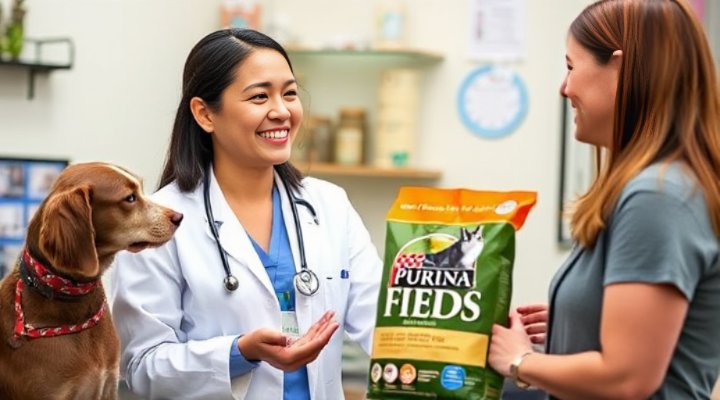
During the transition period, monitor your cat’s appetite, energy levels, and litter box habits. These are good indicators of how well they’re adjusting to the new food. Remember, every cat is unique, so what works for one might not work for another.
Special Considerations for Indoor Cats
Indoor cats often need more mental stimulation. Combine their Purina diet with regular play sessions to keep them active and engaged. Puzzle feeders can also help slow down fast eaters while providing mental exercise.
For cats with specific health concerns, consult your veterinarian. They might recommend specialized Purina formulas like those for urinary health or weight management. Our article on Royal Canin for indoor cats offers additional insights into specialized diets.
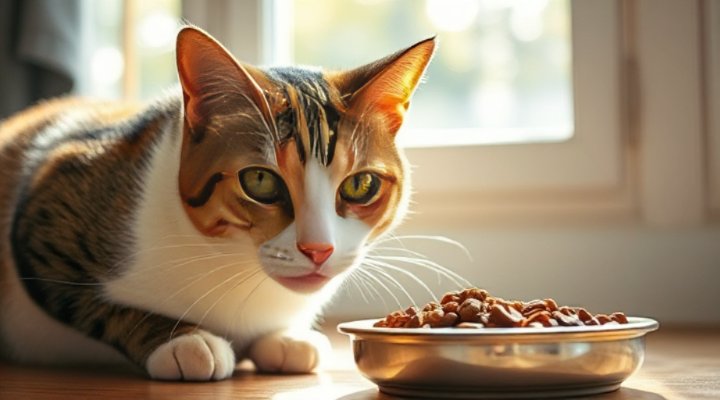
Ultimately, choosing the right Purina cat food for your indoor cat comes down to understanding their individual needs and preferences. With the right formula and proper feeding practices, you can help your feline companion thrive in their indoor environment.
Related Keywords: Purina indoor cat food, best food for indoor cats, cat nutrition guide, Purina formulas comparison, healthy cat diet
